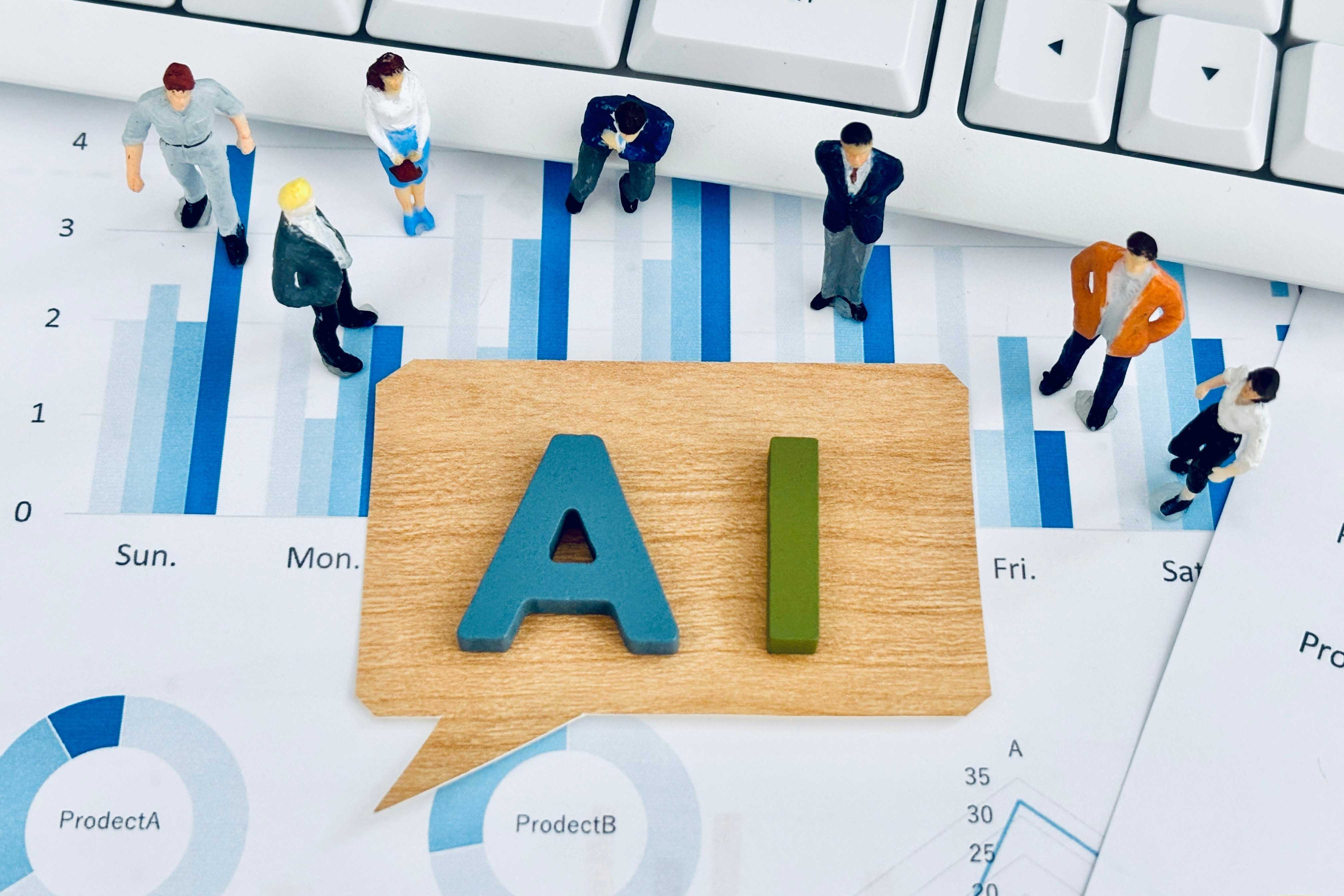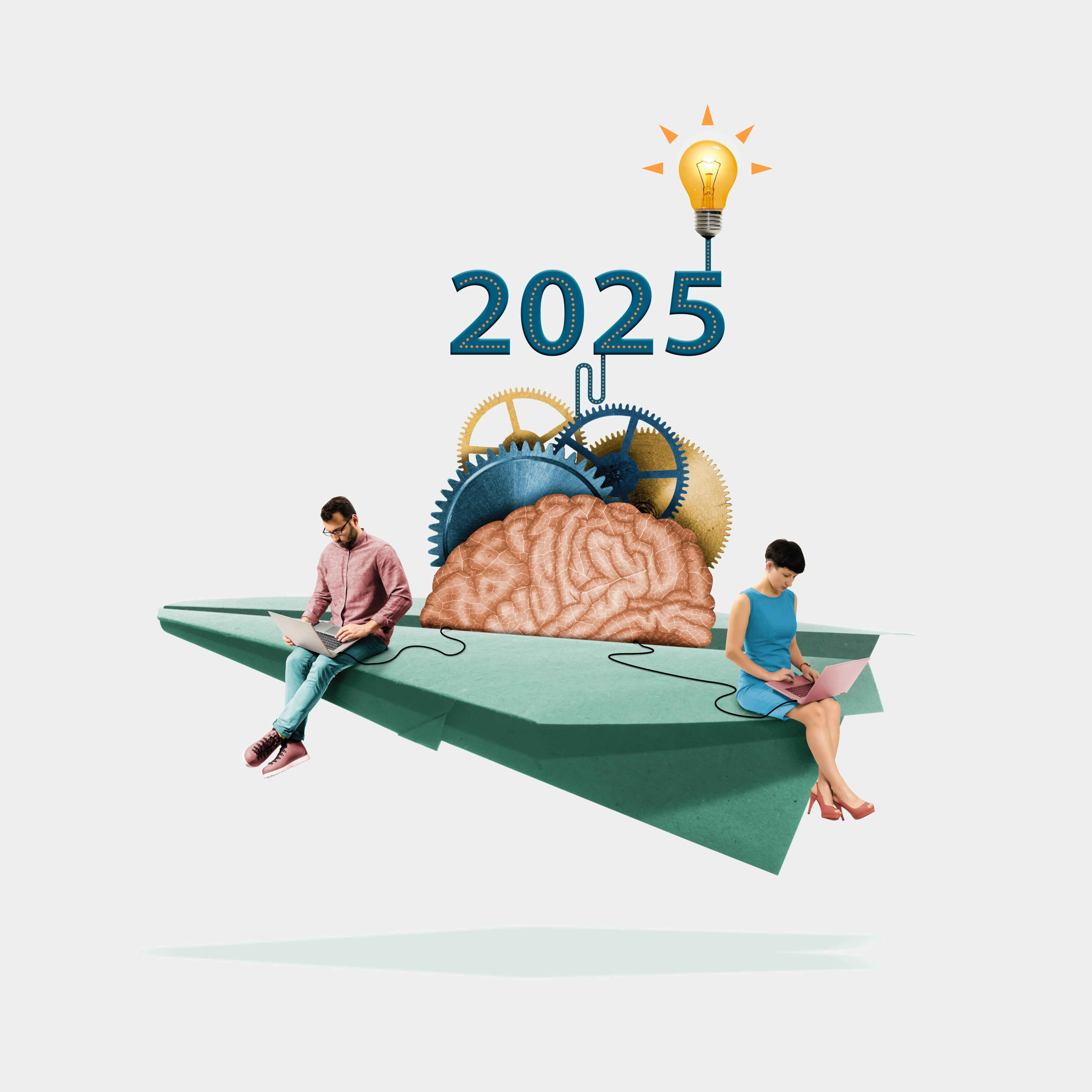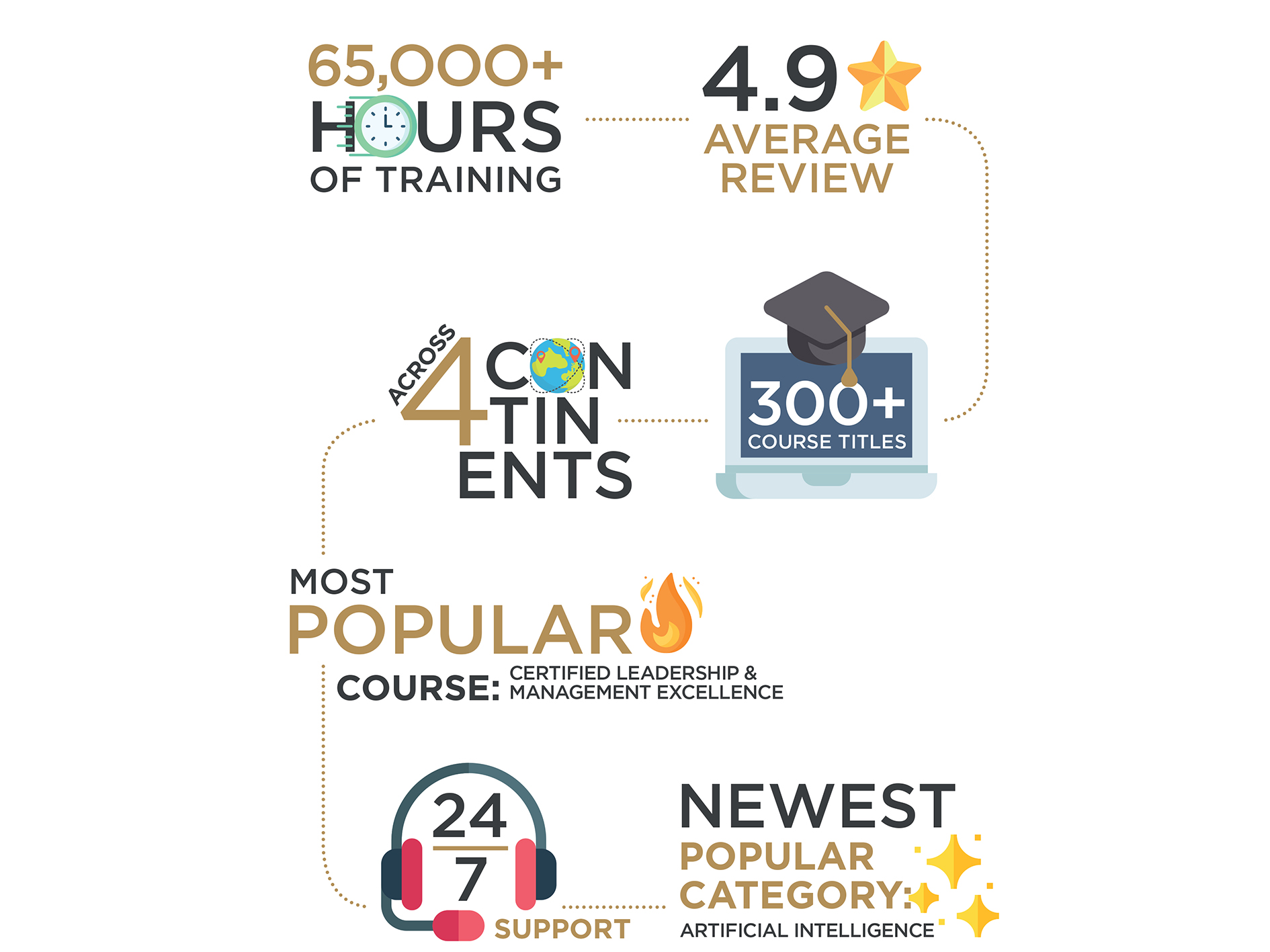Artificial Intelligence (AI) is reshaping the modern workplace, turning once-aspirational ideas into practical tools for improving productivity, decision-making, and innovation. Yet despite the rapid progress of AI technology, many organisations still face a fundamental challenge: how to approach AI in a strategic, sustainable, and continuously evolving way.
According to McKinsey's 2025 Global Survey on AI, over 78% of companies have integrated at least one AI capability into their operations, up from just 50% in 2022. However, only 23% reported that they'd seen significant business value on the scale, often because of gaps between strategy, implementation, and future planning.
To address this, it's helpful to think of AI not as a one-time initiative but as a journey that unfolds across three connected stages: strategy, adoption, and continuous exploration. Each phase plays a critical role in determining whether AI becomes a transformational force or a stalled experiment.
Here is the journey we are going to discuss:
-
Strategy: Building a Purpose-Driven Foundation
-
Adoption: Turning Vision into Practice
-
Continuous Exploration: Staying Ahead in a Fast-Moving Field
-
The Feedback Loop: Connecting Strategy, Adoption, and Exploration
-
Strategy: Building a Purpose-Driven Foundation
Every AI journey should begin with a strategic question: Why AI, and why now?
Sometimes, organisations rush to implement tools without a clear purpose, mistaking tactical curiosity for strategic clarity. Instead, success comes from developing an AI strategy that aligns tightly with business priorities, for instance, reducing costs, improving customer experience, increasing operational efficiency or launching new services.
This strategic phase also includes assessing organisational readiness. Do you have the data infrastructure to support AI? Are your teams digitally literate enough to engage with AI systems? Have you considered the ethical, legal and reputational risks of automation and decision augmentation?
A thoughtful strategy requires intention. Organisations that articulate and connect clear AI goals to measurable business outcomes are far more likely to sustain momentum.
-
Adoption: Turning Vision into Practice
Once the strategy is in place, the next challenge is operationalising it.
Adoption isn't about using the most advanced models or expensive platforms. It's about identifying manageable, high-impact use cases and building momentum. For many organisations, the most successful starting points are internal, like automating repetitive office tasks, improving reporting and enhancing communication through AI writing tools, or integrating AI-powered customer service.
Equally important is the human side of adoption. Resistance to AI often stems from fear of job loss, skill obsolescence, etc. That's why change management is a vital part of AI adoption. Upskilling, clear communication, and cross-functional collaboration all help create buy-in and confidence across the organisation.
-
Continuous Exploration: Staying Ahead in a Fast-Moving Field
Many organisations stop after initial success. But in the world of AI, standing still is falling behind with technologies evolving at an extraordinary pace, such as generative AI, agentic systems and domain-specific large language models. Therefore, continuous exploration is essential.
Exploration can create a culture of curiosity, encouraging teams to test new ideas, run experiments, and question how AI could improve existing processes or open up new opportunities.
-
The Feedback Loop: Connecting Strategy, Adoption, and Exploration
AI journey included strategy, adoption, and exploration. But they aren't separate silos. Instead, they form a dynamic loop.
Exploration uncovers new opportunities with an informed strategy. Adoption generates real-world data, which refines implementation approaches. The strategy ensures that all efforts are aligned with the company's long-term goals.
When this feedback loop is active, organisations move beyond isolated AI wins and toward sustained systemic transformation.
If you would like to learn more about equipping your organisation for this AI journey, you can explore the course Office AI: Practical AI for Everyday Office Work by London Training for Excellence.
This hands-on course is ideal for professionals who want to implement AI in their daily office tasks. Participants gain practical experience with leading AI tools like ChatGPT, Microsoft Copilot, etc. and the strategy for creating an AI workplace.
Author: LondonTFE
London Training for Excellence is a distinguished UK-based training company renowned for its global reach and exceptional educational offerings. With a team comprised of passionate and knowledgeable industry experts, we consistently deliver high-quality, award-winning courses and 'real-life’ lessons, guaranteeing that all our clients benefit from the utmost standards of excellence throughout their educational journey.
 All Courses
All Courses
 Accounting and Finance
Accounting and Finance Administration and Office Management
Administration and Office Management Business Administration
Business Administration Chemical Engineering
Chemical Engineering Communications and Public Relations (PR)
Communications and Public Relations (PR) Compliance and Legal
Compliance and Legal Construction Management
Construction Management Contract and Project Management
Contract and Project Management Customer Experience and Relationship Management
Customer Experience and Relationship Management Data Management and Business Intelligent
Data Management and Business Intelligent Digital Transformation
Digital Transformation Energy and Sustainability
Energy and Sustainability Health, Safety and Environment
Health, Safety and Environment Healthcare Management
Healthcare Management Hospitality & Tourism
Hospitality & Tourism Human Resources and Talent Development
Human Resources and Talent Development Industrial Manufacturing and Production
Industrial Manufacturing and Production Innovation and Artificial Intelligence (AI)
Innovation and Artificial Intelligence (AI) Leadership and Management
Leadership and Management Oil and Gas
Oil and Gas Procurement & Supply Chain Management
Procurement & Supply Chain Management Public Sector
Public Sector Quality and Productivity
Quality and Productivity Retail and E- Commerce
Retail and E- Commerce Sales and Marketing
Sales and Marketing Sports Event Management and Operations
Sports Event Management and Operations Strategy and Business Planning
Strategy and Business Planning Sustainability and CSR
Sustainability and CSR Learning Solutions
Learning Solutions
 About Us
About Us
 iLearn Blog
iLearn Blog
 Directory Calendar
Directory Calendar
 Contact Us
Contact Us
 All Courses
All Courses
 Accounting and Finance
Accounting and Finance Administration and Office Management
Administration and Office Management Business Administration
Business Administration Chemical Engineering
Chemical Engineering Communications and Public Relations (PR)
Communications and Public Relations (PR) Compliance and Legal
Compliance and Legal Construction Management
Construction Management Contract and Project Management
Contract and Project Management Customer Experience and Relationship Management
Customer Experience and Relationship Management Data Management and Business Intelligent
Data Management and Business Intelligent Digital Transformation
Digital Transformation Energy and Sustainability
Energy and Sustainability Health, Safety and Environment
Health, Safety and Environment Healthcare Management
Healthcare Management Hospitality & Tourism
Hospitality & Tourism Human Resources and Talent Development
Human Resources and Talent Development Industrial Manufacturing and Production
Industrial Manufacturing and Production Innovation and Artificial Intelligence (AI)
Innovation and Artificial Intelligence (AI) Leadership and Management
Leadership and Management Oil and Gas
Oil and Gas Procurement & Supply Chain Management
Procurement & Supply Chain Management Public Sector
Public Sector Quality and Productivity
Quality and Productivity Retail and E- Commerce
Retail and E- Commerce Sales and Marketing
Sales and Marketing Sports Event Management and Operations
Sports Event Management and Operations Strategy and Business Planning
Strategy and Business Planning Sustainability and CSR
Sustainability and CSR Learning Solutions
Learning Solutions
 About Us
About Us
 iLearn Blog
iLearn Blog Directory Calendar
Directory Calendar
 Contact Us
Contact Us















































 Course category
Course category Course Venue
Course Venue
